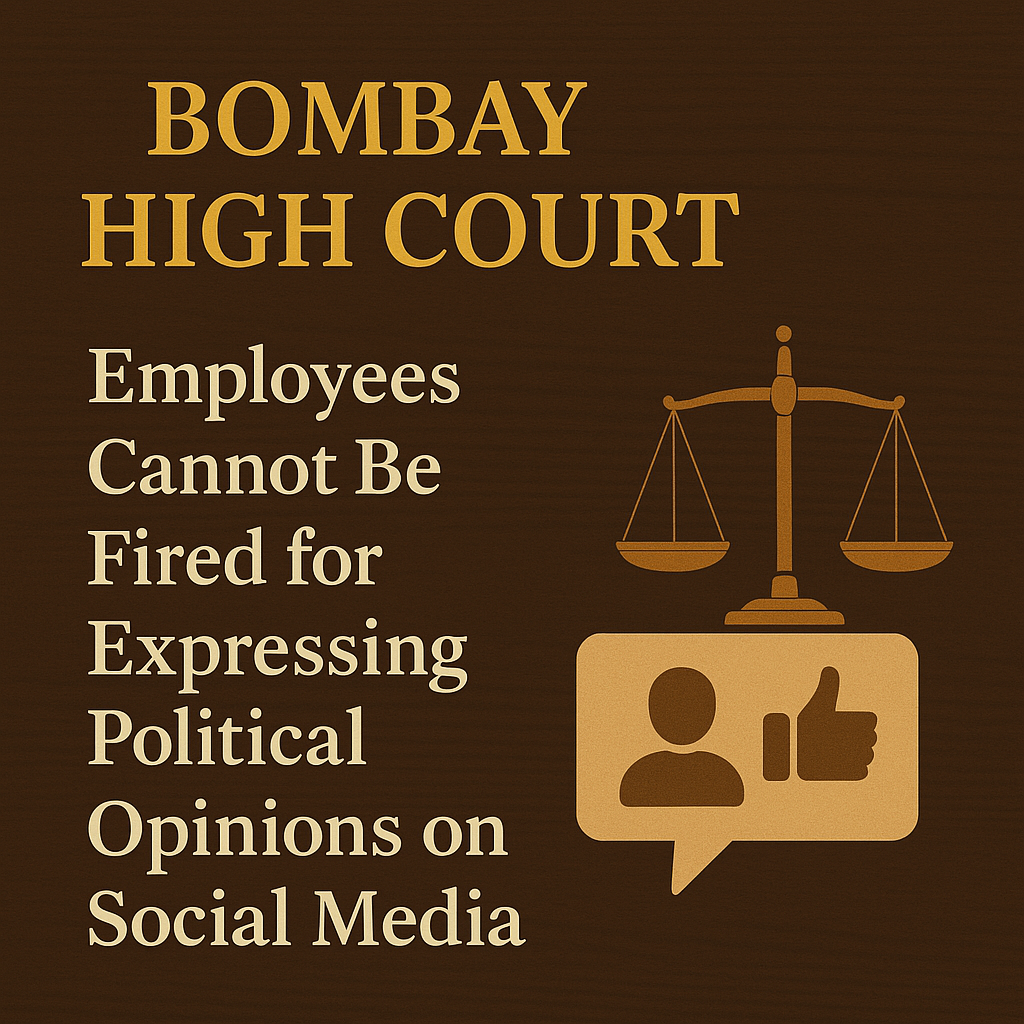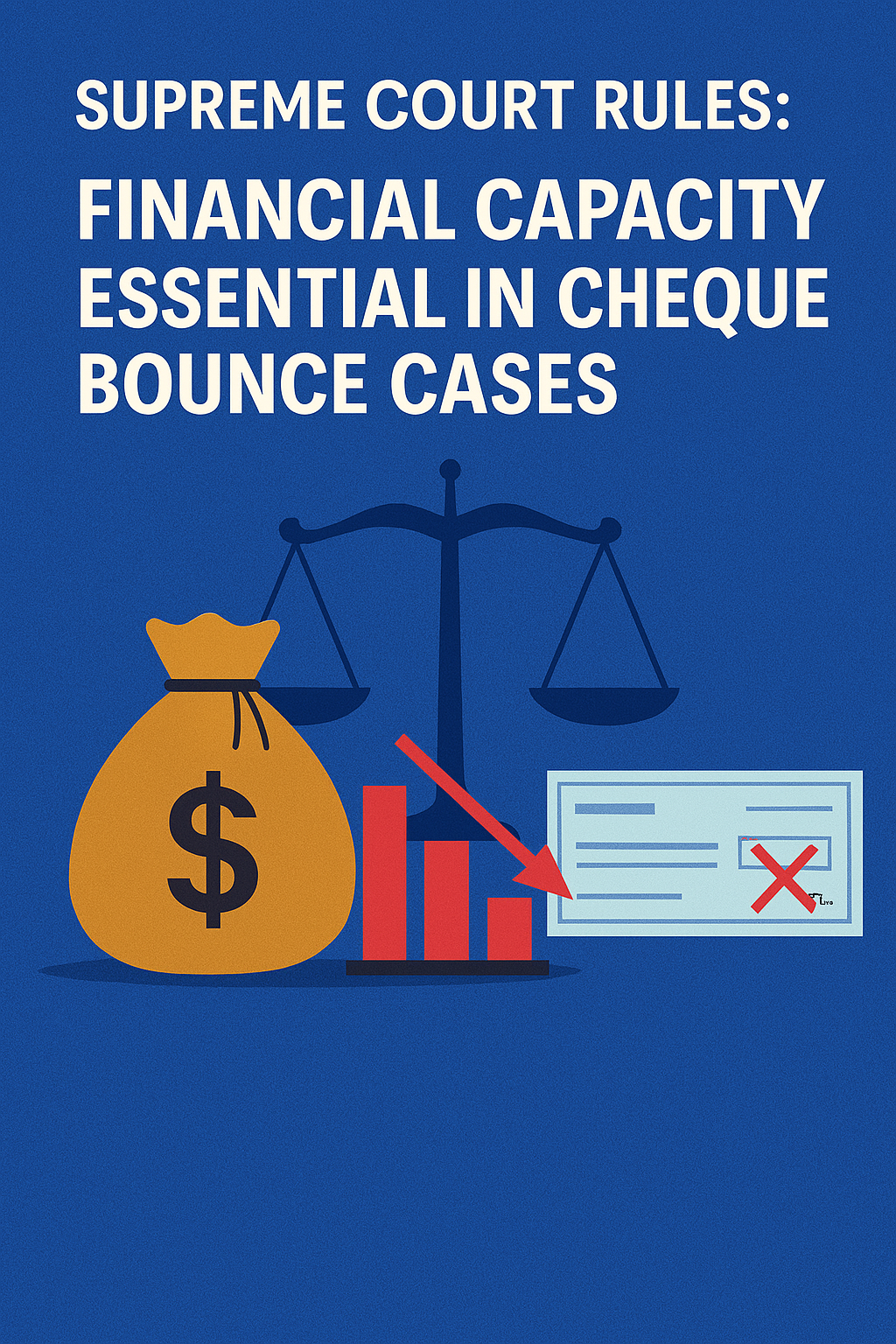Limited Liability Companies under Business Organizations
⚖️ Limited Liability Companies (LLCs) under Business Organizations
1. What is a Limited Liability Company (LLC)?
An LLC is a hybrid business entity combining characteristics of corporations and partnerships.
It offers limited liability protection to its owners (called members), meaning members are generally not personally liable for company debts.
It allows flexible management and tax treatment, often similar to partnerships.
2. Key Characteristics of LLCs
| Characteristic | Description |
|---|---|
| Limited Liability | Members’ personal assets are protected. |
| Flexible Management | Can be member-managed or manager-managed. |
| Pass-through Taxation | Income is taxed at members’ level, avoiding double taxation. |
| Formation | Created by filing Articles of Organization. |
| Operating Agreement | Governs internal operations and member relations. |
3. Formation and Operating Agreement
LLCs are formed by filing Articles of Organization with the state.
The Operating Agreement is a crucial document that outlines:
Members’ rights and duties.
Profit and loss distribution.
Management structure.
Procedures for adding/removing members.
While not always legally required, it is highly recommended for clarity.
4. Liability Protection
Members are generally shielded from personal liability for the LLC’s debts and liabilities.
However, liability protection can be pierced if members commingle funds or engage in fraud.
5. Management Structures
Member-Managed LLC: All members participate in management.
Manager-Managed LLC: Designated managers (who may or may not be members) run the business.
6. Case Law Illustrations
📌 Jones v. Star Credit Corp. (1990)
Facts: Plaintiff sued LLC members personally for LLC debts.
Holding: Court upheld limited liability protection; members not personally liable.
Significance: Reinforced the principle of limited liability as a fundamental characteristic of LLCs.
📌 Walkovszky v. Carlton (1966)
Facts: Case involved piercing the corporate veil in a similar limited liability context.
Holding: Court refused to hold shareholders personally liable absent fraud or injustice.
Significance: Though involving corporations, this case informs LLC liability protections and when courts may pierce the veil.
📌 Radaszewski v. Telecom Corp. (2004)
Facts: Member sought removal of manager for mismanagement.
Holding: Court emphasized the Operating Agreement’s role in defining management and resolving disputes.
Significance: Demonstrates importance of Operating Agreements in LLC governance.
7. Advantages of LLCs
Limited liability protects members.
Flexible tax options.
Less formalities and record-keeping than corporations.
Flexible profit sharing arrangements.
Can have unlimited members.
8. Disadvantages of LLCs
Varying rules and recognition in different states.
Possible self-employment taxes.
Some investors prefer corporations for raising capital.
9. Piercing the LLC Veil
Courts may pierce the veil to hold members personally liable if:
There is fraud or wrongdoing.
Members fail to follow formalities.
Funds are commingled.
This protects creditors but maintains member liability protection when LLC formalities are observed.
Summary Table: LLC Key Points
| Aspect | Explanation |
|---|---|
| Formation | Articles of Organization + Operating Agreement |
| Liability | Limited to members, barring veil piercing |
| Management | Member-managed or manager-managed |
| Taxation | Pass-through taxation or corporate treatment |
| Case Law | Jones v. Star Credit (liability protection) |
| Veil Piercing Grounds | Fraud, commingling, undercapitalization |
Conclusion
LLCs offer a flexible, protective business structure popular among small and medium businesses. Understanding formation, management, liability, and legal safeguards is essential to effective use. Case law underscores the balance between protecting members and preventing misuse.




























0 comments